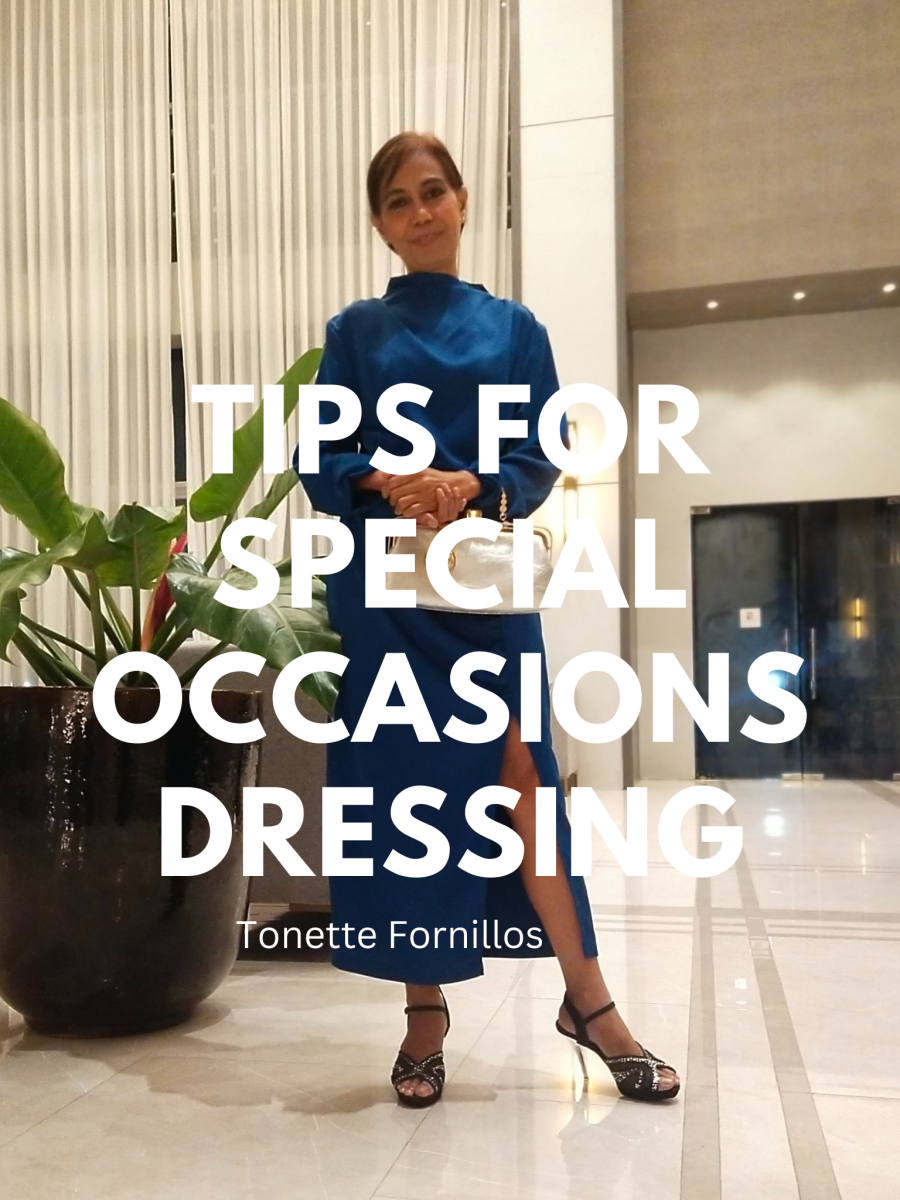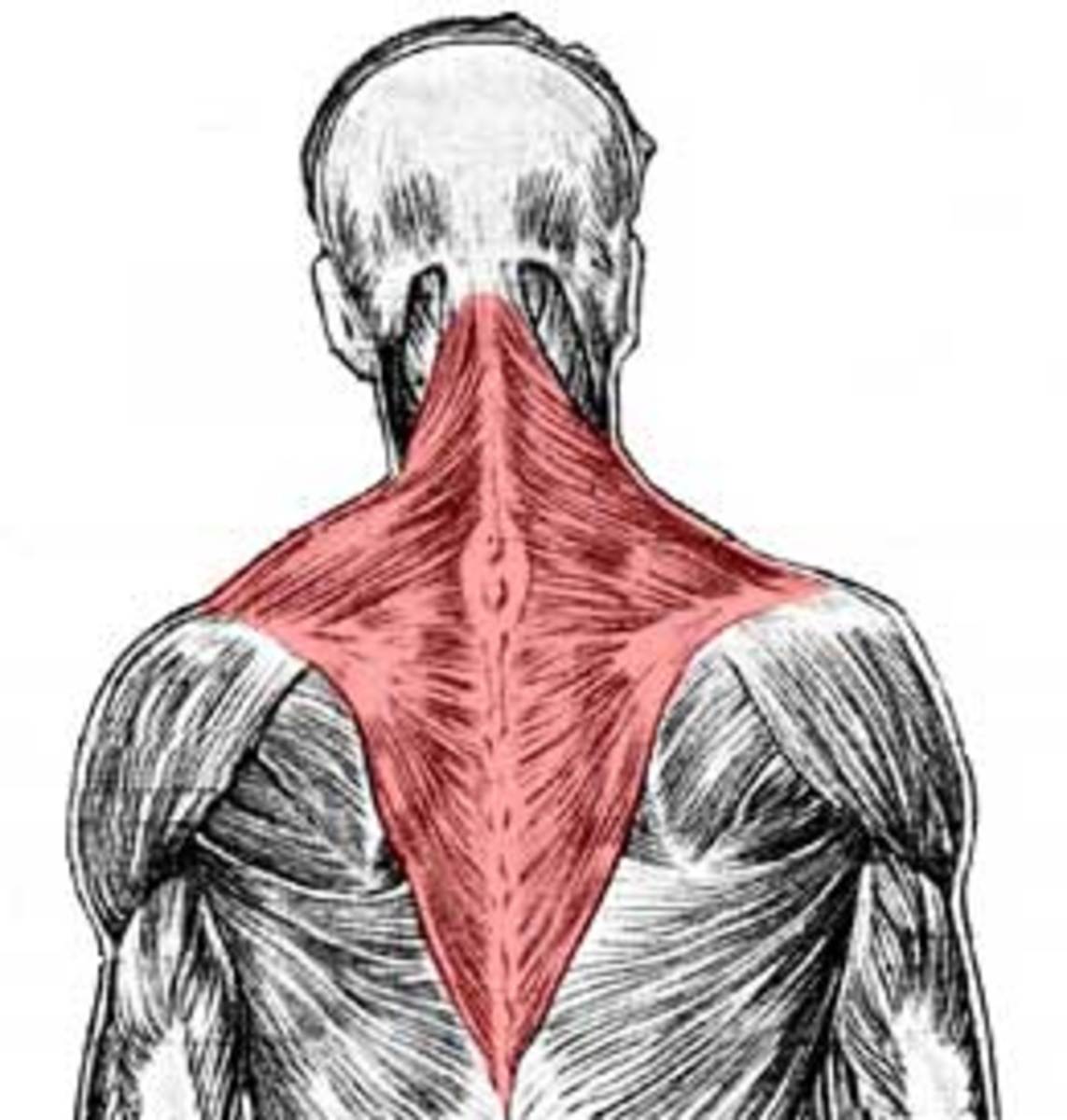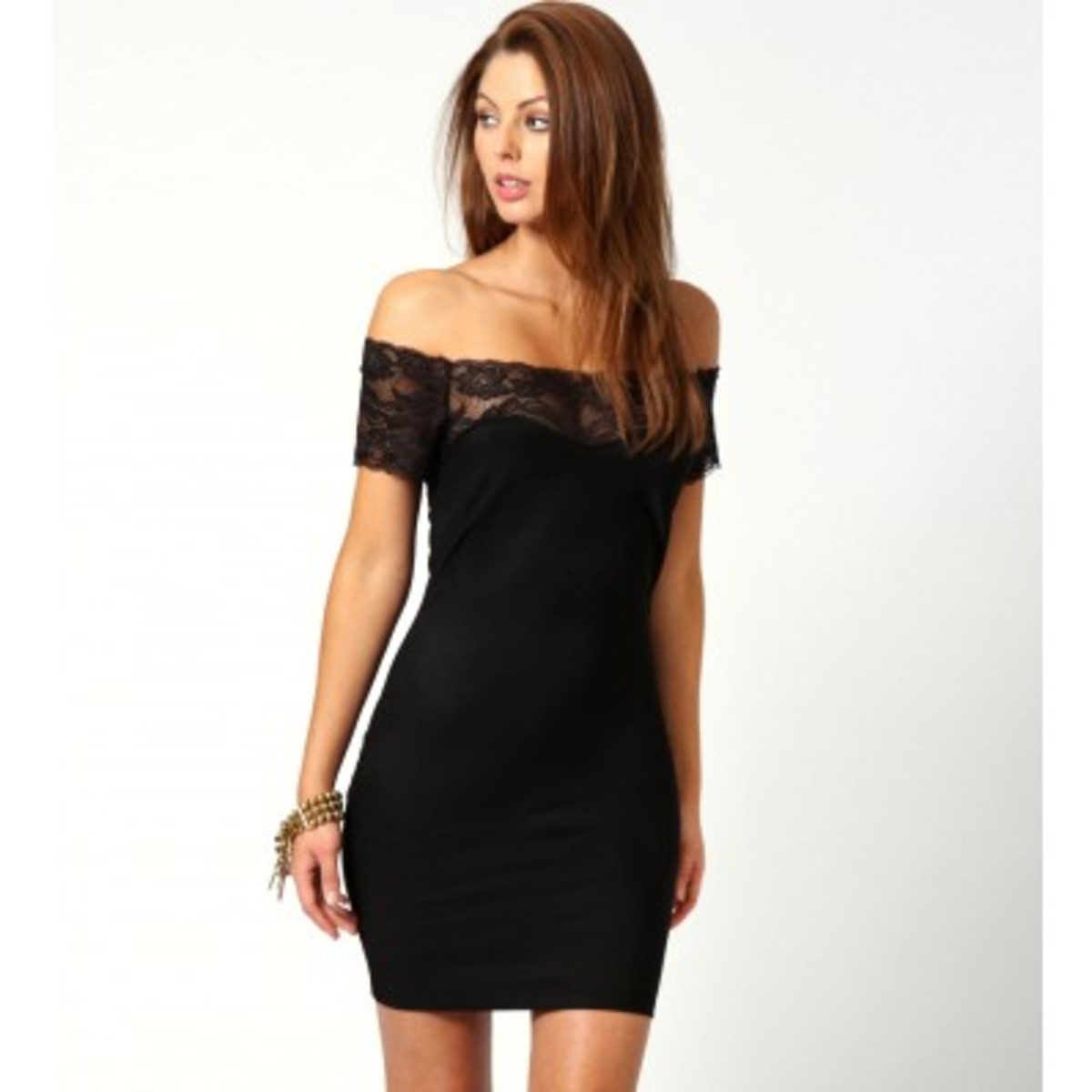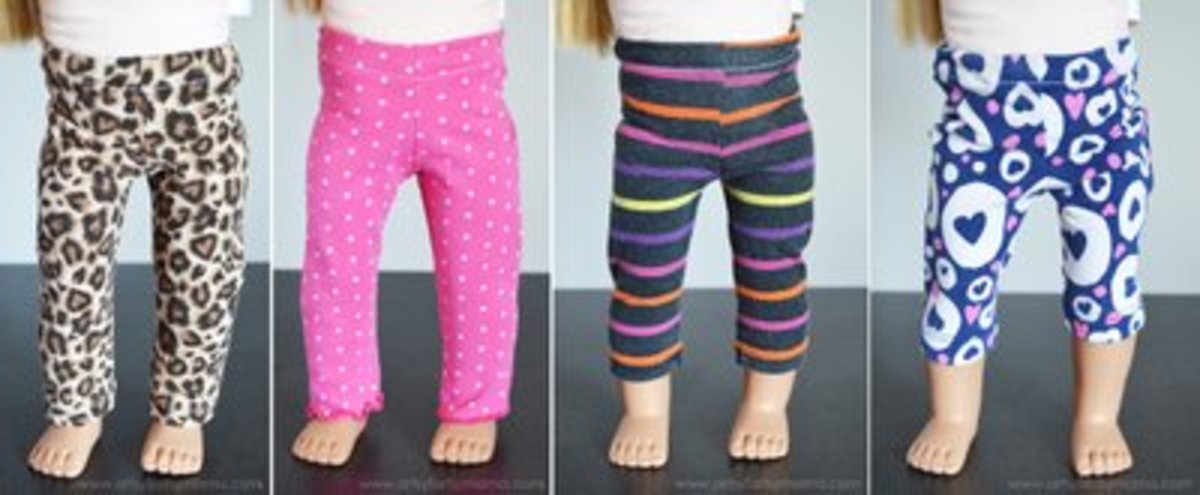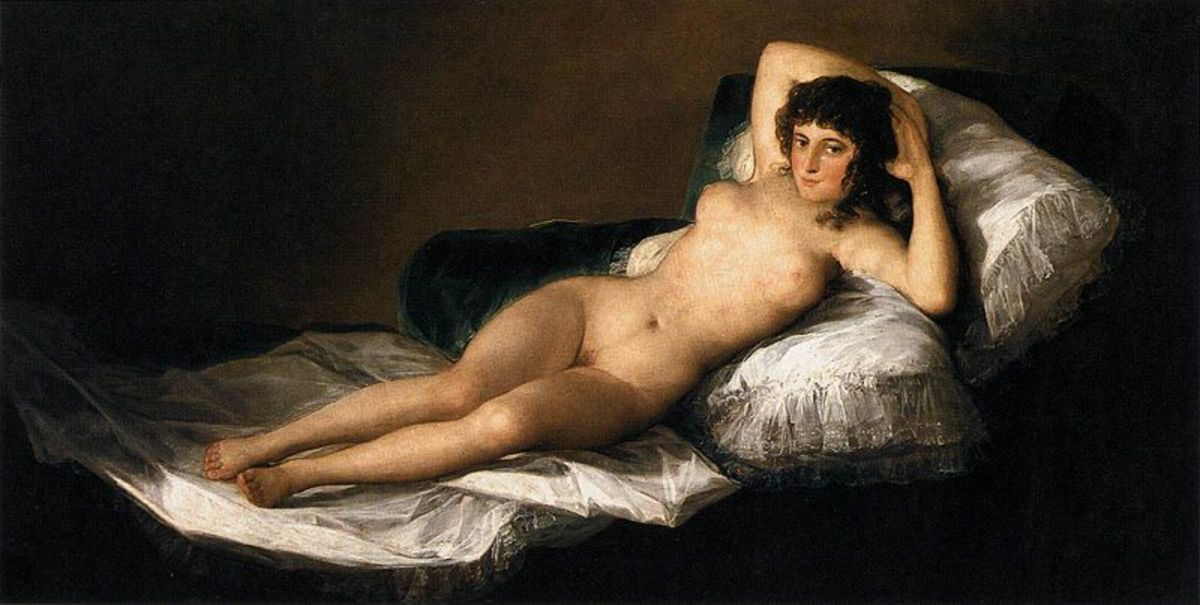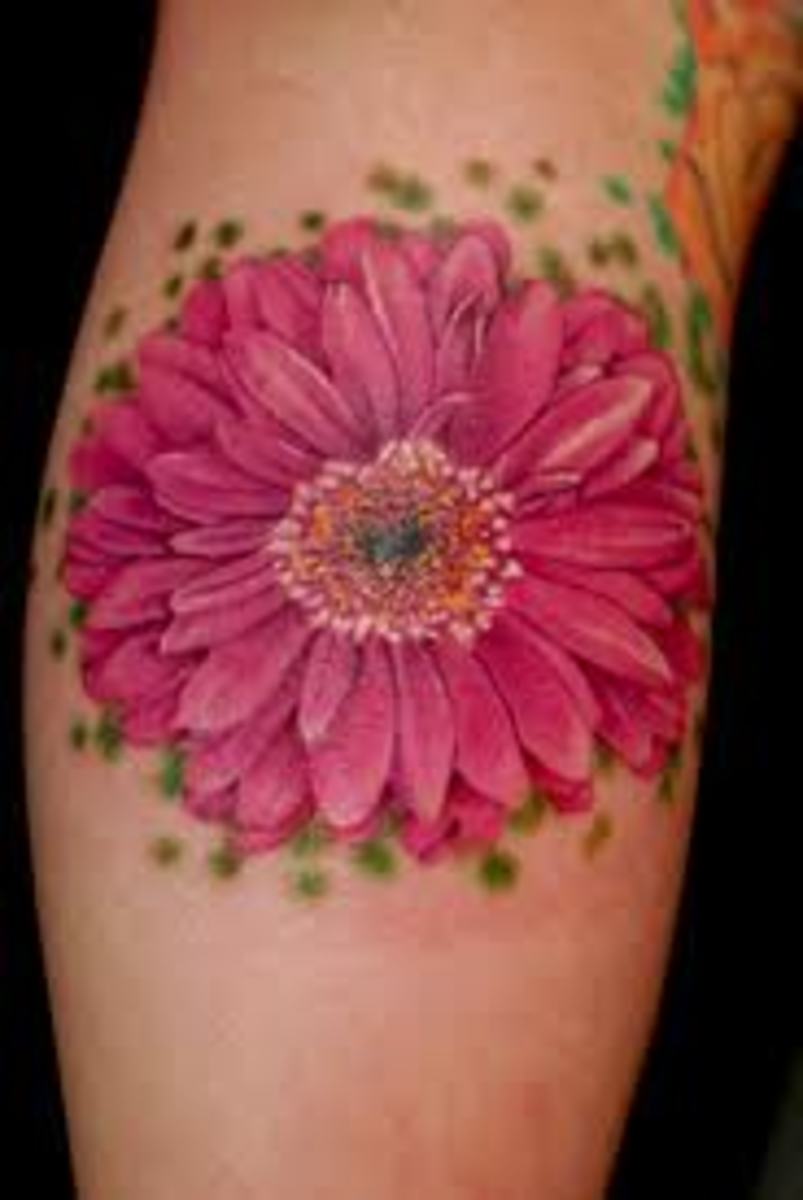Power Dressing: How to Puff Yourself up with Importance
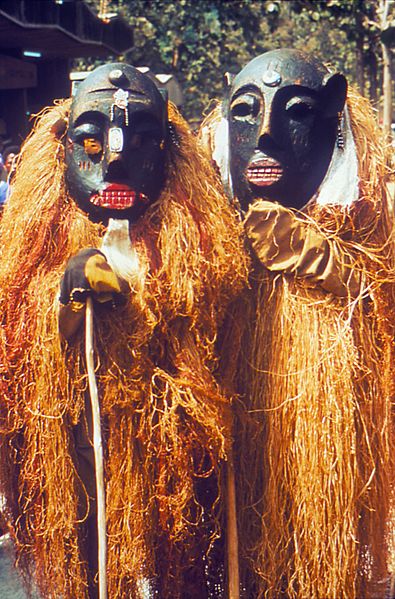
Impressive Dressing
Although the term Power Dressing was coined in the late 1970s, wearing particular clothes to give an impression of strength, confidence and authority has been going on for centuries, if not thousands of years. A desire to emphasise self-importance through sartorial artifice is nothing new.
In the animal kingdom there are several species who practice the art of physical deception. The males will change colour or puff themselves up to a larger size in a display of power designed to intimidate a predator, attract a mate or just generally big-note themselves. Even a domestic cat has the ability to make itself look bigger in the presence of a threat.
The naked human, stripped of all external cladding and artifice, is not particularly intimidating or impressive and since we lack the natural means to change colour, puff up or develop a neck ruffle, a bloated throat or a stunning display of fanned out feathers, we had to discover some other means to make ourselves seem more magnificent and intimidating than we really are. Sucking our stomach in and pushing our shoulders back doesn't really cut it.
Historically, clothes have meant much more to us than warmth and protection or even fashion. As historian Ulinka Rubank puts it, clothes are an important part of the 'psychic landscape' of people:
Wardrobes could become repositories of fantasies and insecurities, as well as reflecting expectations of what a person might look like and behave.~Renaissance Fashion: The Birth of Power Dressing
At different times and places they have been an indicator of social/economic class, gender, status, location and a marker of political and/or spiritual authority.
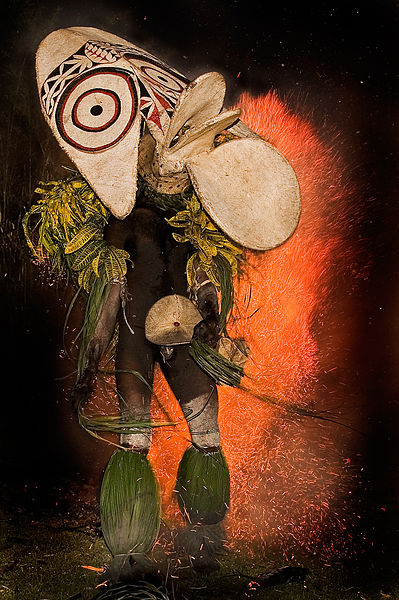
Tribal Power Dressing
Whether you're an Indian chief, an African witch-doctor or the head honcho of a New Guinean cannibal tribe, in order to puff yourself up with the importance due to your rank, you're going to need some seriously eye-catching power dressing. Traditionally, the head of the tribe and those tribal members of particular importance wore the most elaborate dress, for obvious reasons; there had to be some way of differentiating people within the tribe's hierarchy.
In various parts of the world, native cultures consistently practised [and still do in some places] the art of power dressing in their ceremonial rituals, wearing highly imaginative masks, elaborate headgear, skirts, body art,tattoos and various adornments, not just to impress themselves and other tribes but to make an impact on the spirit world as well.

The Tudors:Masters of Intimidatory Dress
Although by most reports Henry VIII was a large man, he wasn't quite as wide as his voluptuous clothes would have us believe. The whole costume seems peculiarly broad, boxy and top heavy, as though the slim but athletic, tight-clad legs may threaten to buckle under the enormous weight of sartorial magnificence. It's a multi-layered look, incorporating jewels, luxurious fabrics, fine embroidery, rich colours, wadding and intricate decorative detail and the effect is to make the King larger than life. Henry radiates status, wealth and power and the objective is to inspire awe and respect for the supremacy of the British monarchy. Power dressing at its most potent.
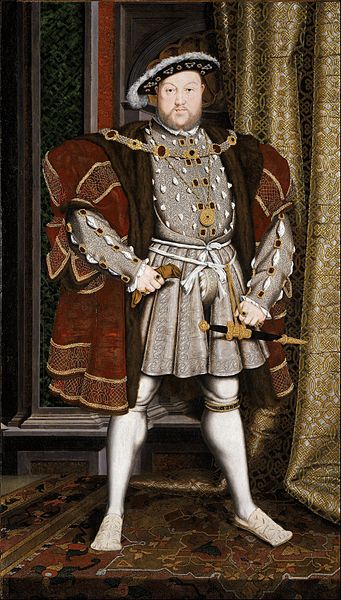
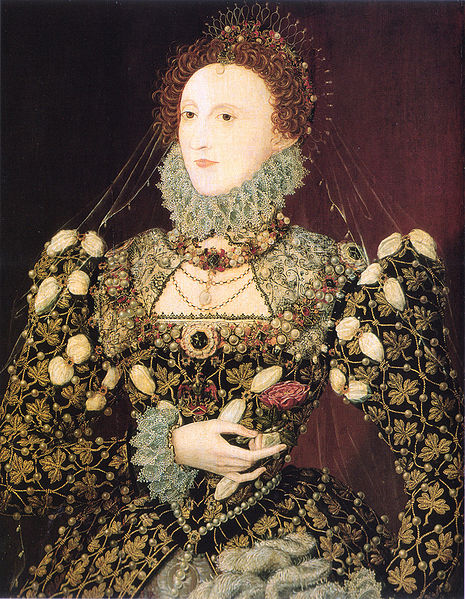
Henry's daughter, Elizabeth, was no less impressive in her extravagant dress, which, among other things, also included the overblown arm padding that her father wore plus the added addtition of a frilled and elaborate collar, not so far removed in style from the equally well-dressed chlamydosaurus kingii (see below).
Of course as divinely ordained royalty, [as it was believed back then] Kings and Queens needed something to differentiate them from the general rabble and since they basically looked the same as everyone else, this could only be achieved through their exceptional wardrobe. The logic being -if you look important, you are important.


Power Dressing in the Church
Few things say "I'm really important" as the Pope's pointy hat, especially when it's accompanied by a gorgeous cloak and a long, impressive stick. Indeed, the whole sartorial extravagance of the Vatican, with it's fabulous magenta silk gowns and intricately decorated gold crosses and adornments is remarkably rich and lush for a religion that purports to follow a God-man [Jesus] who himself eschewed riches and believed in simplicity and modesty.
The rationale of course, is that as God's representative on earth, the Pope and his entourage of cardinals, bishops and priests must dress the part - the costumes are designed to invest the church with a specialness and authority that separates it from ordinary worldly organisations. It appears to have worked, as, scandals aside, the Catholic Church has been a remarkably tenacious institution, hanging on to its traditions and edicts in an increasingly modernised and morally evolving world.
The Pope in all his glorious regalia is really a manifestation of the tribal leader in his over the top headwear, sending out all the necessary signals of his spiritual supremacy to the ordinary tribes-folk.
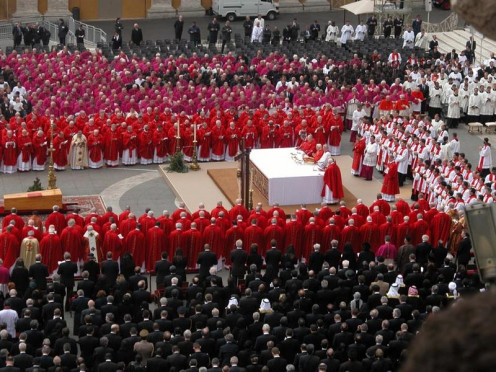
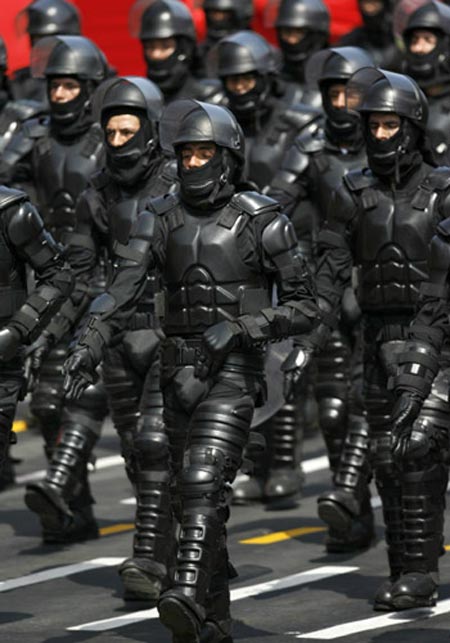
Police: Dressed to Kill
For most people, the presence of a uniformed policeman sends out a distinct *watch yourself* message. Even if it's just one lonely policeman, the uniform let's us know he has the weight and authority of the government behind him, so we try not to do anything wrong when one is in view.
Police uniforms vary from culture to culture but even when they are fairly innocuous and are worn unencumbered by dangling batons, gun holsters and cuffs, they still manage to command a certain fear and respect, simply for what they represent.
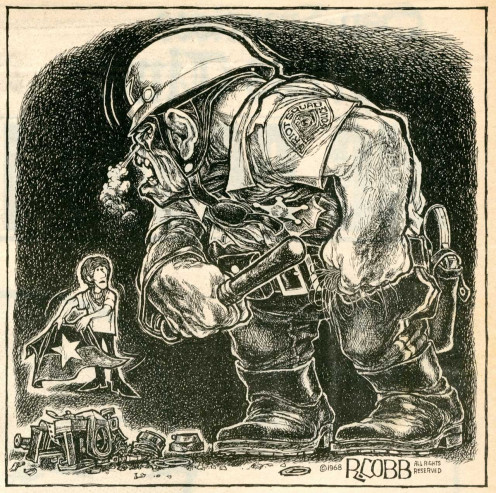
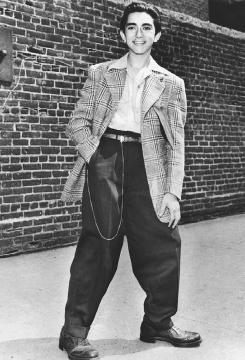
Power Dressing and the Common Man
The Zoot Suit:Riots and Bullying
Rumour has it that the infamous zoot suit which so pervaded certain subcultures of the 1940s, originated in the lively streets of the 1930s Harlem jazz scene. In those early days they were called drapes, possibly the name later switched to zoot as a play on the word suit, although in1940s jazz culture, "zoot" was commonly used as an adjective for anything which appeared over-the-top, exaggerated or out of the ordinary.
Zoot suits were certainly over-the-top, with their wide lapels, oversize jackets with exaggerated shoulders and high-waisted, baggy pants that narrowed at the ankle. They used up so much material at a time of National shortage that the war office felt compelled to label them "unpatriotic". They were often worn with a wide-brimmed hat [with or without the flourish of a feather], thick soled shoes and a dangling gold change.
The zoot suit was an assertive expression of youth culture and was particularly popular with blacks, Filipinos and Mexican Americans - a powerful statement of ethnic identity from a section of the community that traditionally lacked power within the wider, white society. The suits became a lasting symbol of subversion when, in 1943, a serious of riots broke out in LA between US servicemen and Latinos and blacks - they were known as the Zoot Suit Riots.
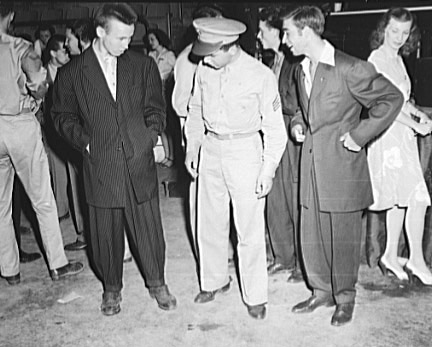
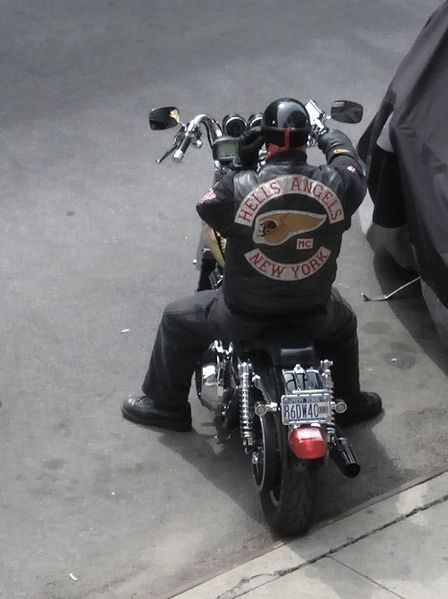
Bikies, Skinheads and Gangstas
Just like the Zoot suit , more modern manifestations of gang dress, though the style may differ, have the same kind of rationale behind them.Certain types of power dressing rely on a uniform conformity for effect -the gear signifies that you belong to and have the clout of a particular sub-culture behind you.
The shaved head and heavy bother boots of the skinheads are designed to impress and intimidate, as are the motifs, chains and leather gear of the bikie gangs and the tough street fashions of gangstas. How tough would a bikie feel in a tweed jacket, preppy loafers and a cute bow tie? The clothes are so important to the psyche of the individual within the group.
Of course youth gangs are not alone in using clothes to express an image - everyone does it to some extent or other. There is however, an extra degree of power in wearing the identifiable markers of an intimidating sub-culture.
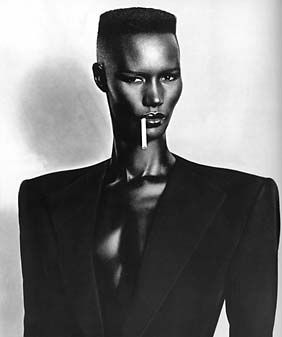
1980s Ambition: The Age of the Shoulder Pads
The concept of power dressing for women grew to new heights in the era of 'greed is good' economic rationalism -the 1980s, as suits, dresses and shirts were 'enhanced' with shoulder pads which, by the end of the decade, reached some fairly massive proportions. Interestingly, should pads for women had been popular in the 1940s, at a time when, in many cases, they had to fill the role of men in the factories and general workforce when the males were off fighting.
Prime time popular soap operas such as Dallas and Dynasty were rife with 'big' dressing, including suits, bouffed up hair and big jewellery, reinforcing the notion that to look powerful was half the battle toward being powerful. The idea was that these women were feisty and ambitious and it was reflected in their dress. British Prime Minister Margaret Thatcher, in her signature blue, shoulder enhanced, tailored suit, is said to have set the standard for 80s power dressing as well as for every subsequent female politician, whose career uniform reflects conservatism, consistency and costliness.
The timing of this was no coincidence; the previous decade had seen the explosion of the feminist revolution and women were moving into the boardrooms and corridors of power. Serious career women wore serious suits and most of the *power* was reflected in their artificially pumped up shoulders - it was business ambition dressed up to kill. The alternative, hippy gear of their feminist predecessors was thrown aside in favour of "the corporate look".
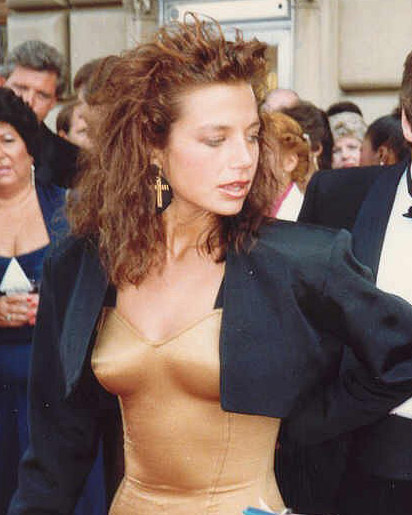
Lingerie meets the Boardroom:Mixed Messages?
Whether this was an unconscious or maybe conscious desire to imitate the physical proportions of men, I don't know. However, by the end of the 80s these aspects of power dressing were well and truly taken up by the mainstream and in an ironic twist of feminist distortion, the shoulder padded jackets were combined with frivolous make-up, tizzied up hair and cleavage-exposing, sexy bodices and slips inspired by ultra-feminine glamour lingerie.
The corporate look had somehow become entangled with bedroom glamour and got highly sexualised in the process. Perhaps it was an ironic statement on the politicisation of dress codes or maybe the message was simply, 'sure, look powerful but hold on to your femininity'.


